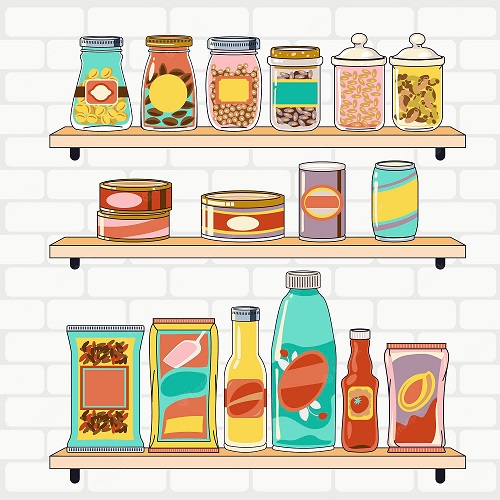There has been a lot of compelling argument in the media lately as to why we should ditch or reduce our meat consumption. As the trend to eat plant-based proteins grows rapid traction, if you are not a recent convert, then I am sure that you know someone that is.
Whether it’s for ethical or health concerns, environmental or religious decisions – for a developed country we collectively consume more meat than dietary recommendations, so choosing to include more plant-based foods can only be a step in the right direction.
Australia is renowned for the high regard meat plays in our diet. From snags on the BBQ’s to lamb chops or the humble meat pie, this cultural tide has led to a diet often lacking variety, nutrients with an excess of saturated fats.
Somewhere along the line, we have forgotten to keep things basic – especially regarding consuming whole foods. To ensure we are including at least the recommended food group serves per day it may be worthwhile taking an inventory on your daily intake. For example, one serve of vegetables could look like 1 cup of salad, ½ cup cooked legumes or vegetables, and we are looking at, at least 5 serves of these to fit our daily quota. Our whole foods choices, unfortunately, are crowded out by refined and processed fast foods to fit into our often-chaotic busy lifestyles, leaving us not only overweight but nutrient deficient.
Eating in a way that includes more plant-based foods and proteins isn’t newfound rocket science, it is simply a return to how we should be eating all along. Call it flexitarian, call it what you will, focussing on including more protein-rich whole foods improves the quality of the diet while slashing kilojoules, cholesterol, oxidative stress and inflammation. Our guts thrive on the fibre from whole grains and starchy vegetables which promote a diversity of gut bacteria thus a stronger immune system.
To eat healthfully with less meat, it’s important to include plant proteins such as nuts, seeds, beans, lentils, peas and whole grains. While these are incomplete proteins, lacking the full spectrum of essential amino acids in sufficient amounts on their own, the amino acids in grains complement those in the nuts and legumes, so together they are complete
How to Eat More Plant-Based Meals Each Week
Include beans, lentils and peas (begin by substituting half your meat with legumes, turn a family favourite dinner such as spaghetti Bolognese into lentil and beef bolognese full of grated veggies)
Nut and nut butter
Seed and seed butter (chia, hemp, sesame, sunflower). Sprinkle on salads, add to smoothies and in baking.
Increase whole grains (quinoa, oats, brown rice, dark, whole grain flours). Always ask yourself, can I swap out the grain I am eating with a wholegrain substitute?
Shop for plants first. Vegetables, peas, spinach, broccoli. Add a variety of colours through slow cooker prepared meals, in bakes, and generally making them the Rockstar of each meal
Try one new recipe each week. Get your cooking skills up to speed with meals that are not focussed on meat. We are spoilt for choice so become familiar with legumes and beans by experimenting with new flavours and methods.
Be wary of plant-based meats. There’s a lot of processing that goes into making them. And because the nutritional content is similar to beef, these plant-based meats are about equal in kilojoules and saturated fat, and higher in carbs and sodium. Make your own veggie burgers instead.
Start the day right. Think veggies for breakfast. Baked beans on wholegrain toast with avocado, black bean cheese and spinach tortillas, green smoothies with chia, hemp and spinach.
Choose seafood and eggs more often.
Join the Meatless Monday bandwagon – and swap up your meat and 3 veg combo.
Have plant-based foods ready in the pantry. If you have meat, team it with a legume or bean, or use it as a flavouring.





